This story isn’t about Cirque du Soleil clowns. This story is about red-nosed, white-faced, old-fashioned, Ringling Brotherly, Circus Circusian clowns. You don’t see too many of them these days—not even at Circus Circus. But they’re still around, they’re still laughing, they’re still tossing pies in each other’s faces, still piling into miniature cars. Last week, the clowns convened at the Orleans hotel for the 2010 Clown Vegas convention, and I followed them there to discuss comedy, costuming … and coulrophobia (the fear of clowns).
Jim Howle is a clown, but he doesn’t look like one. Not today, at least. He’s wearing a red T-shirt, blue jeans, black boots and a Tony Robbins-style microphone. He’s lecturing 25 other clowns (also in their civvies) about clown makeup. I’m seated in the audience, between a guy who looks like Santa [1] and a guy named Cricket, who’s got a suction-cup propeller stuck to his bald head.
“Some clowns don’t like makeup,” Howle says. “I hear clowns complain, ‘My makeup makes me sweat.’ Excuse me, lady, but I don’t think it’s your makeup; I think it’s your giant hat, your three layers of clothes, and your Depends. Don’t blame the makeup just because it’s your face that happens to be showing the sweat.”
Howle brings five audience volunteers to his makeshift stage, and, using putty, fits each of them with a clown nose. Howle manufactures these noses himself. He’s got six basic models: The A’s are pointed, B’s are oval, C’s are round, D’s are long and tapered, E’s are egg-shaped, and Elfs are elfin.
According to Howle, “The nose is the center of the clown personality.”
He applies pink paint to the volunteers’ cheeks (“if you choose not to use base, you’re crazy”) and white paint above their eyes (“you put white around your eyes because it’s traditional”). Howle thrice mentions that you should use clown-specific makeup for this, not “street makeup.” [2]
Over the next hour, the audience volunteers slowly transform into clowns. Not fixed-expression perpetual grinners like Bozo or Ronald, but goofy, spritely Whos.
“The makeup doesn’t hide who they are,” Howle says. “You can still see their expressions. You want to put on just enough makeup on that you amplify your facial reactions, not muffle them.”
That’s a good tip, and it goes to the heart of what some psychologists believe is the main cause of the fear of clowns: the covering of the face and the distorting of expression.
Coulrophobia popped up in the news at the start of 2008, back when the Economic and Research Council surveyed 250 kids and found that none of them liked clowns. Many of the teens surveyed felt that clowns were “frightening and unknowable.” Other psychologists believe that coulrophobia is a byproduct of the Evil Clown film/book genre. These psychologists cite Stephen King’s It, and the movie Killer Klowns from Outer Space as a cause of the phobia [3].
After the lecture, I sat down with Howle to discuss coulrophobia. I was afraid to even bring up the subject. I wasn’t afraid that Howle was going to go all Joker on me and stick a pencil in my eye; I was afraid of hurting his feelings. Think about it like this: Here’s this super-nice guy who became a clown to make people happy, and then, one day after clown college, he wakes up, flips on the news, and hears that some psychopath named John Wayne Gacy dressed up as a clown to murder children. Next thing he knows, the term coulrophobia is in the DSM-IV psychiatric manual and children are crying.
So instead of starting with the coulrophobia question, I begin with a softball:
“Are you a happy clown or a sad clown?”
“I’m a sad clown—a tramp clown.”
“Why’s that?”
“My theory is, your normal expression is a sum total of your experiences in life. When you become a clown, you don’t want to do anything to take away from the character that life has given you; you want to bring it out. You want to accentuate what nature has given you. So if you have a severe look in your face, as I do, you take it to the sad side.”
“So is that where some of the creepiness comes in—when sad people try to make themselves inauthentically happy clowns?’”
“I think so,” Howle replied. “The incongruence is definitely a factor. It’s scary whenever something trustworthy turns on you. That’s what made Stephen King’s book so scary. That’s what makes it so scary that certain really bad people have used the clown uniform as an opportunity to lure others …”
More
- Beyond the Weekly
- Jim Howle's Clown Antics
“I can’t help but notice you avoided mentioning Gacy by name. Do clowns ever talk about him openly? Or is that just too dark for you guys to even fathom?”
“We talk about him. I even joke about him from time to time, but only to relive tension. It was so bizarre and awful. And yes, it’s unfortunate for clowns that the bait he used was the clown uniform.”
“So you do ‘get’ why people are afraid of clowns?”
“I do, but I don’t get the extent of it. I just saw this new ad for the post office, and it’s got this family acting all leery and terrified, and they’re looking at something off-screen, asking the postman to take it from them and mail it, and then the camera pans over and you see that the thing they’re so scared of is this cute little clown doll. That’s just silly to me. And it’s ironic, because I’m much less scared of clowns than I am of somebody going postal.”
At the end of our interview, Howle gave me one of his handmade clown noses to take home—a pointy A model. I put it on and looked at myself in Howle’s hand mirror.
“Looks good,” Howle said.
And he was right. I didn’t look scary; I looked stupid and ridiculous—and I mean that in a good way.
[1] I later found out the guy is a member of FORBS, the Fraternal Order of Real Bearded Santas. He confessed to me that the FORBS members look down upon the other Santa organizations.
[2] I imagined a street-corner scene in which tubes of lipstick are secretly exchanged for baggies of coke and handguns.
[3] I personally cite the episode of Nickelodeon’s Are You Afraid of the Dark? titled, “The Tale of Laughing in the Dark.” It was the only episode that ever scared me.
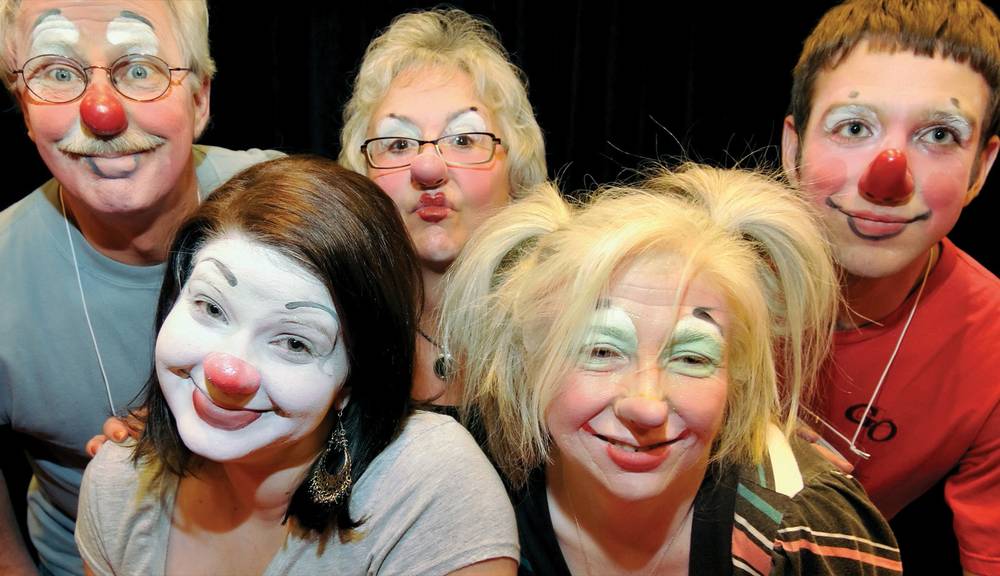
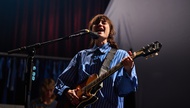

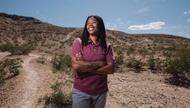
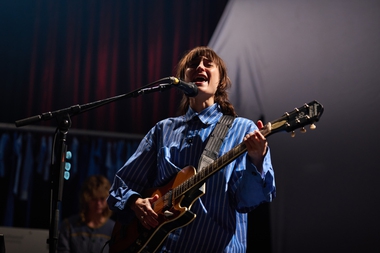
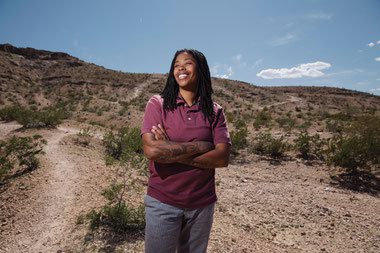
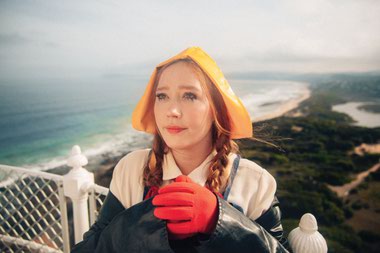
Previous Discussion: